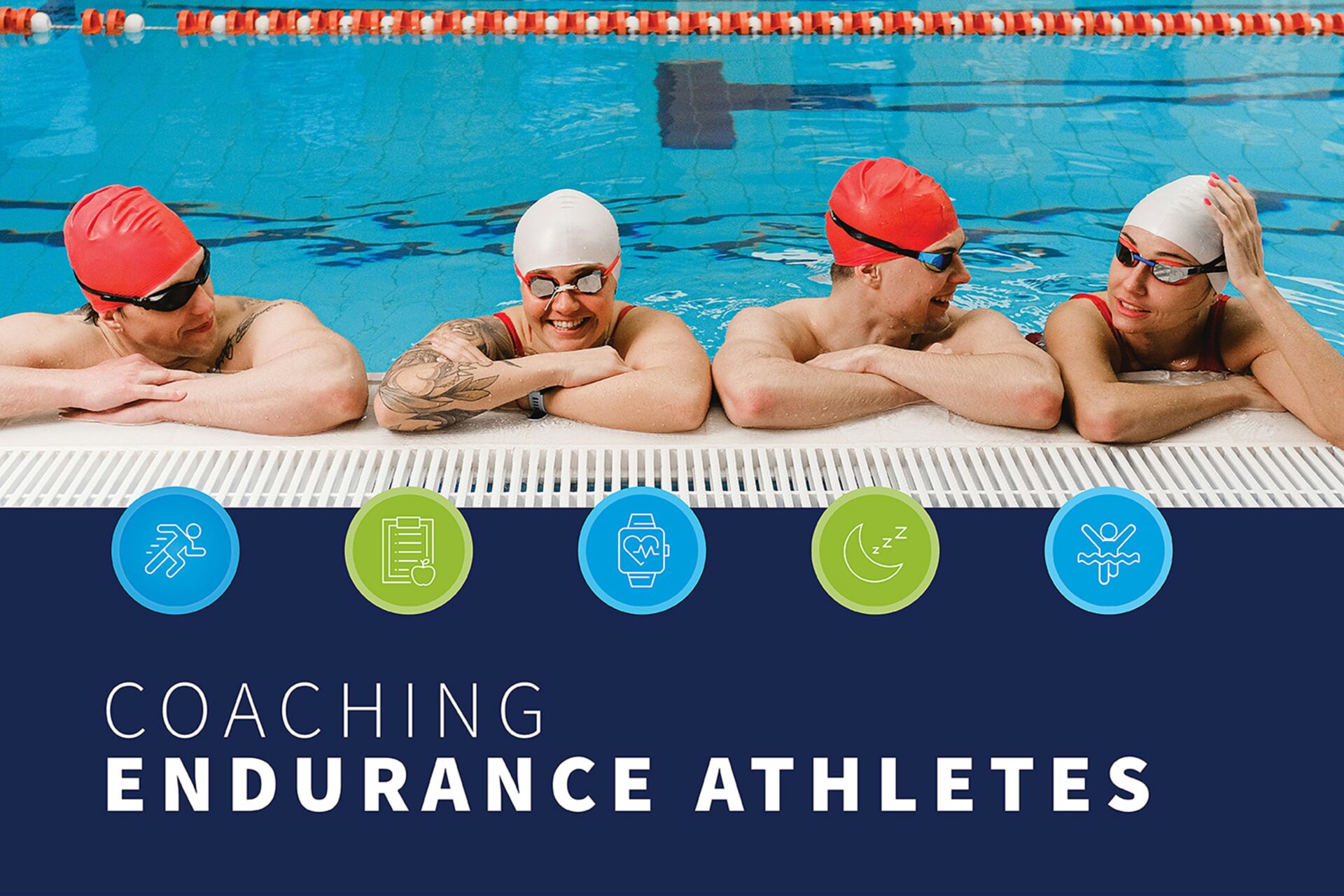
Endurance coaching can be as rewarding as it is challenging, yet knowing how best to tackle those testing times can help make the success stories all the sweeter. In this latest module, we lift the lid on some of the minutiae of endurance coaching.

Endurance coaching can be as rewarding as it is challenging, yet knowing how best to tackle those testing times can help make the success stories all the sweeter. In this latest module, we lift the lid on some of the minutiae of endurance coaching.